SDLC, the abbreviation that has been in existence since the inception of computers and related software, but, yet being unfolded slowly and gradually. So, before we start using the abbreviation more frequently, let me clarify its full meaning for the unknowns. SDLC stands for Software Development Life cycle. It is a process that is implemented from the beginning of the project and operates till the end. However, a lot is measured throughout the SDLC lifecycle that affects the quality of software positively. In this blog, we will go through the various software development life cycle phases and also discuss the SDLC models that you can implement.
If you are a sharp observer in the industry, you would agree that the industry is flooded with new relevant software. The existing situation is relatable with the words by Watt S. Humphrey,
“Every business is a software business.”
Oh, I forgot, even the Microsoft CEO Satya Nadella, recently quoted,
“Every company is a software company.”
This gives a clear indication of the importance of SDLC in project engineering. SDLC, if implemented in the initial times, helps businesses achieve objectives and alleviates development hustles. Any good app development company would be well-versed with the software development life cycle process and master the art of deploying robust software to the end-users directly.
What exactly is the Software Development Life cycle?
SDLC is a process that involves project flow from the development stage, to maintenance, to deployment. It is a complete lifecycle process implemented by companies to ensure step-by-step development sync during the development period.
The process enhances systematic flow and discipline in organizational operations. The entire purpose of SDLC is to help organizations develop a product that matches customer’s expectations. The lifecycle phases push the involved teams to gather requirements, design the project, code the software, test it and maintain consistency.
The defined flow of work prevents miscommunication, and the teams can work together in sync. The SDLC phases give organizations time to mature and deliver a reliable project. The concept has been in existence since the 1960s and is evolving gradually.
What is the usual flow of an SDLC?
Project development is all about iterations and development. The business owner analyses the aspects of project development, resource availability, cost projections, etc. Once that is confirmed from the owner’s side, the same is passed to the software development team. The respective team then designs a blueprint or even develops a prototype that matches the business requirements. If the given blueprint is approved, the coding part starts, followed by testing of each functionality.
Some projects might end at this stage, while others go into maintenance. The above-mentioned is the complete SDLC cycle, from the start till the end.
Before we move ahead with the various models of SDLC, let me highlight the various SDLC phases for you.
The first phase of SDLC is,
Requirement gathering and analysis:
The first step towards project development is to collect the requirements from the clients. It is a project manager and business analyst’s role to capture every single requirement
The second phase is,
Design:
The collected set of requirements is then implemented for designing.
The third phase is,
Implementation Or Coding:
Once the design is confirmed, it is time to start coding. All the feature requirements and design inputs are taken into consideration at this stage.
The fourth phase is,
Testing:
After the developer has finished writing the code, the team takes the code for quality testing. The code is checked for any errors or defects to ensure a release of quality products.
The fifth phase is,
Deployment:
Well, there you are, almost ready with your final product. The tested product is ready to move into the production environment, where if required, User Acceptance Testing is performed first.
The last phase is,
Maintenance:
The cycle doesn’t end at the deployment stage. The given product should perform well in all conditions for which it should undergo maintenance. If any issues are found, the same should be resolved without disturbing the app performance.
What are the various Software Development Life Cycle Models?
There are a set of methodologies that, if followed, ensures perfect app development. These methodologies are defined and organized to take care of the wrongdoings and thereby protect organizations from failure.
If you are into app development, you should be aware of the guidelines of each one of these models that work in a controlled environment. Each of these models enhances the project capabilities in its own ways; let’s look into the details.
#Waterfall methodology:
This methodology has been used since the time SDLC came into being. Often referred to as a linear sequential model, it is the oldest and promising SDLC model. The model consists of a series of steps intertwined with each other. The first step results guide the procedure for the next step. However, when you move ahead with one step, there is no going back, which is why the analysis of the first step and its planning is important here.
In Waterfall methodology, you can jump to the next stage only if your previous steps are satisfactorily completed.
The first step in the Waterfall model is to capture the requirements. Once you are sure of the requirements part, you can plan the next step of System Design more effectively. You can create a System Requirements Specification document to note down the results.
After completion of this step, you can go ahead with System Design Software architecture and design. Meaning, you can start writing the code of the project.
The entire project after that moves to the next step referred to as testing. The developed line of codes is tested for its functionality and accuracy. If any abnormality is detected, the same is logged and resolved.
When the team is sure of the development, the developed code moves to the deployment stage. If any issues are found, the same is resolved during the maintenance phase.
Pros:
- It is simple to use and easy to implement;
- Project deliverables are easily manageable;
- Involves less complexity;
- It comes in a fixed sequence of operations;
- Allows easy classification and prioritization of various stages.
Cons:
- It is extremely time-consuming;
- Suitable for long term projects;
- There is a high risk involved;
- Difficult to track the progress of the SDLC;
#V-Shaped model:
The drawbacks of the Waterfall model are overcome by the V model, referred to as the Verification and Validation model. If you are implementing this model, you can develop and test your product at the same time. You can say it is an extension of the Waterfall model and helps in speedy development and improvements of the project.
The designing and planning of the code can also be carried out together. In all, it is fast and lets you figure out the next course of action instantly.
Pros:
- Allows you to track results at every step;
- Results in a high-quality product;
- It is suitable even for small scale projects because of the swiftness in operations;
- Helps in proactive detection of bugs at each step;
Cons:
- It is not flexible as it is expected to be;
- No doubt, the model reduces risks, but due to lack of flexibility can result in low-quality products;
- Not suitable for large-scale projects;
- Any changes in the requirements, other than the frozen ones, may affect the pricing of the project development.
#Prototype model:
In this model, a prototype is developed before the final product development. A prototype might be a replica of the final image but lacks functional capabilities.
You can reuse the prototype logic to build the final product. A noticeable benefit of developing a prototype is that you can try and test the prototype before the final product is developed. You have room to incorporate customer’s requirements after testing the prototype. The iteration process of prototyping is repeated until you achieve a desirable product output.
Pros:
- Since you are developing a product almost similar to the final output, you can expect a product with fewer defects.
- You can incorporate a feature or functionality right at the beginning of the project.
- You can entertain every customer’s expectations because you received users’ feedback.
- It saves a lot of time of bug fixing in the final production;
- It helps you identify the complexities of the project at an early stage.
Cons:
- You may be at risk if your requirements analysis is done inadequately.
- Since multiple feedbacks are received, you may get confused about which one to prioritize;
- If you fail to monitor the prototype development, the resulting output may not be good.
#Spiral model:
The spiral model is a combination of both iterative and prototype models. The spiral model phases are defined and followed in the iterations. The loop phase consists of:
- Planning;
- Risk analysis;
- Development/Engineering;
- Evaluation
Planning is again documenting the requirements of the project that you have gathered.
In the risk analysis phase, the project scope is analyzed from the risk perspective, either by building a prototype or investigating the worst-case scenario.
The engineering phase includes the writing and testing of the code.
The evaluation phase is concluding the overall project evaluation and planning for the iteration.
Pros:
- It assists in reducing the risk factors involved in the project;
- It is extremely suitable for large projects;
- The comprehensive documentation allows you to include changes in the project iteration;
Cons:
- It can be quite costly to implement the model;
- You will need a team of skilled professionals to manage the risks involved in the project;
- It is not suitable for small projects;
#Agile model:
Another popular SDLC model used in recent times is Agile. The model has been in existence since 2001 and helps in overcoming the pitfalls of the waterfall model. The Agile model is more concentrated on flexibility, uncertainty, and scalability of the product.
It is an amalgamation of iterative and incremental models, and the iterative sprints assist in adding features and functionalities to the project. By the end of the Agile model, you can expect the development of a fully functional version of the app.
Customer feedback is collected after each sprint, and if required, the same is iterated in the next cycle.
Pros:
- It is highly flexible and adaptable to changes;
- It allows you to include changes from the beginning of the process;
- There is minimum risk involved with this model;
- Assists in building a stable version of the application;
Cons:
- You may face difficulties in implementing the model because of inadequate documentation;
- You will need a team of experienced and skilled professionals;
- If the product requirements are unclear, you may not succeed with the planning;
- Since the model supports multiple iterations, you may exceed the time limit set for project completion.
So here we are, moving towards the end of the blog. We have covered every primary and important SDLC model.
A few other models on the list are:
- Big Bang model;
- Iterative and Incremental model;
- Lean model;
All of these SDLC models have their own way of operating projects and benefits.
Conclusion:
Now that you know the logic behind SDLC and respective models, you should follow the best set of practices to implement it correctly. You should not forget to estimate the project, also divide the project milestones into smaller tasks, and do not forget to document everything you do.
I hope this blog helps you in picking up the right SDLC model for your project and makes things easier for you. If you still have any questions about its implementation, do not hesitate to contact our team of professionals. SDLC model implementation is important because it dismantles complex tasks and gives you a bird’ eye view of the project. All the very best!
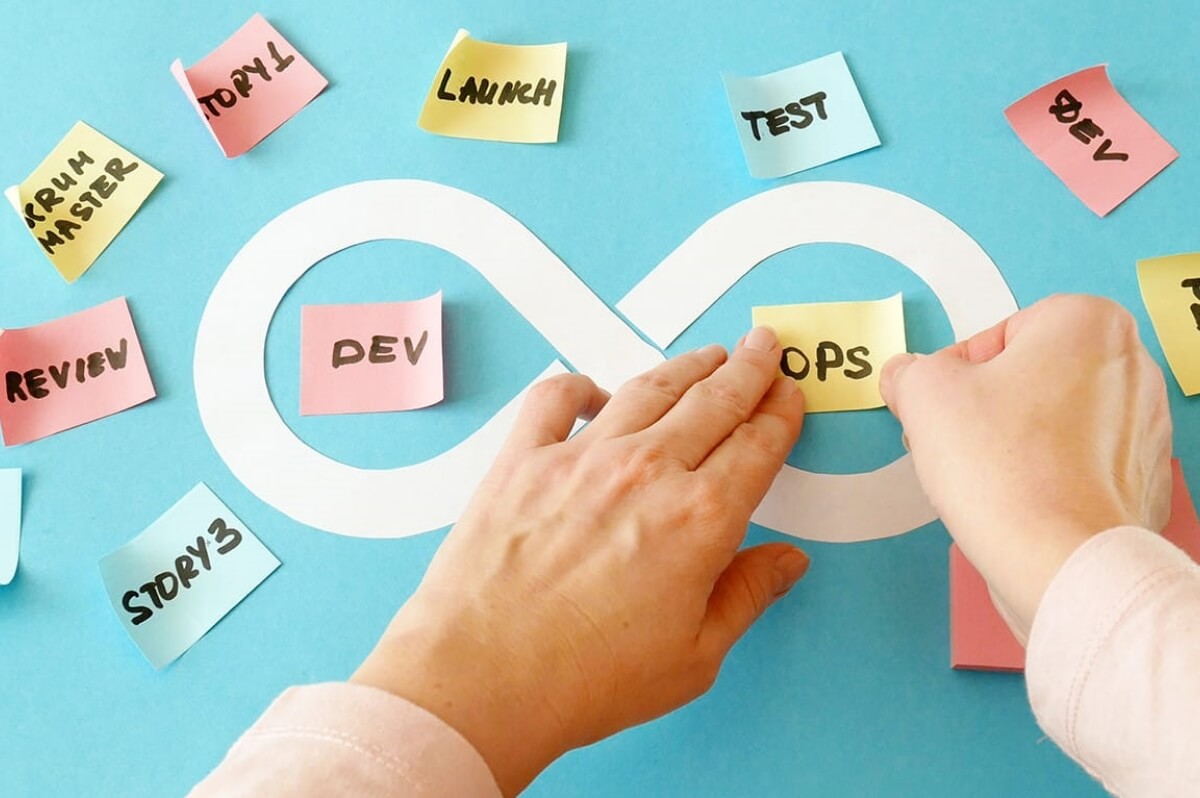
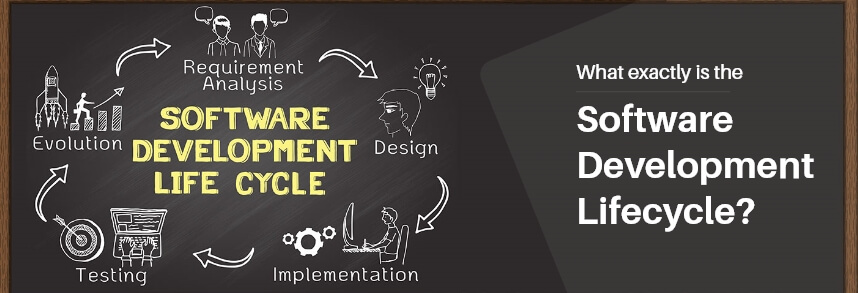
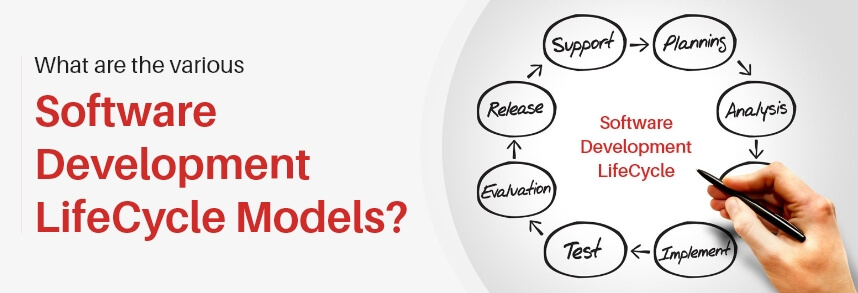



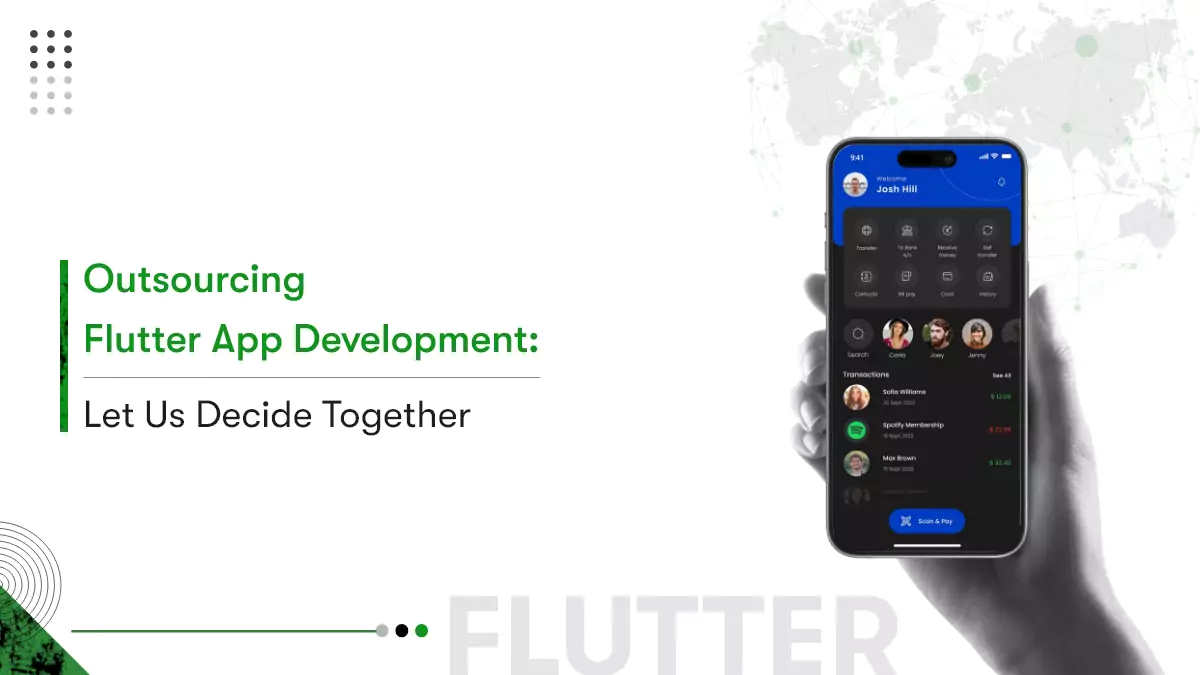
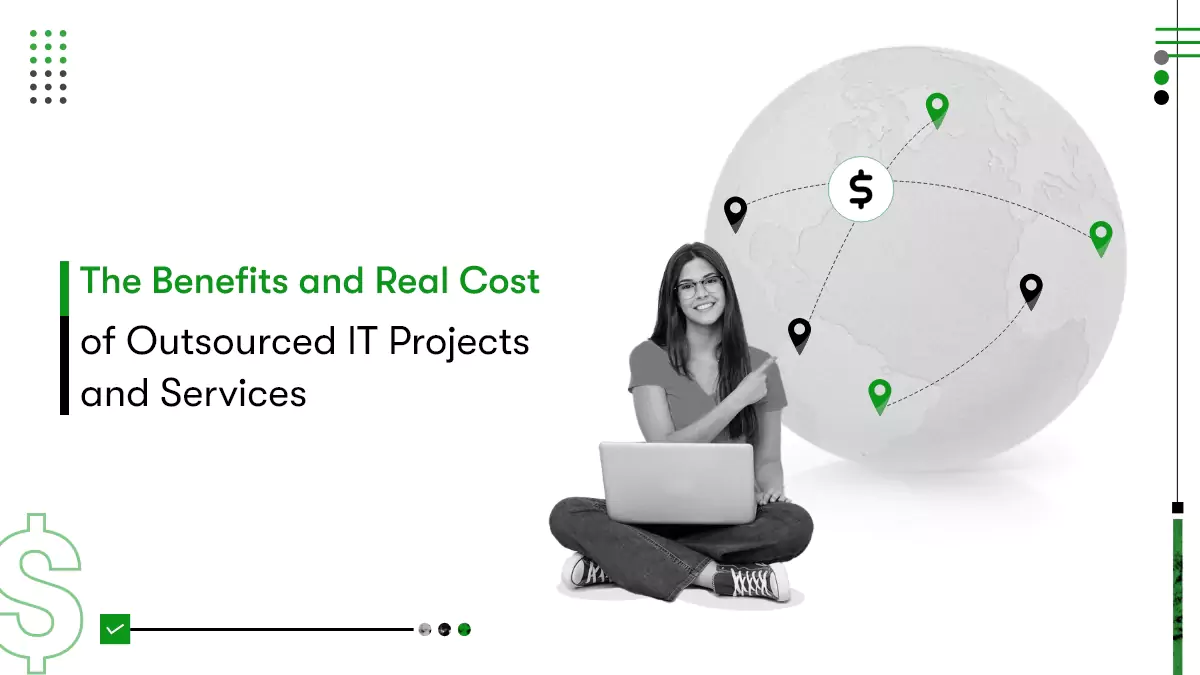






 Contact Information
Contact Information